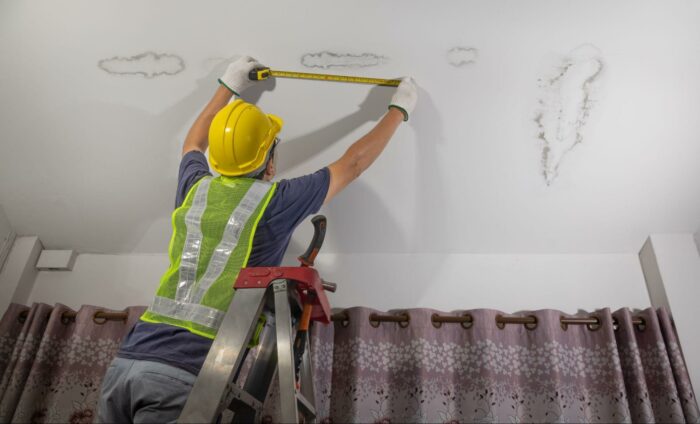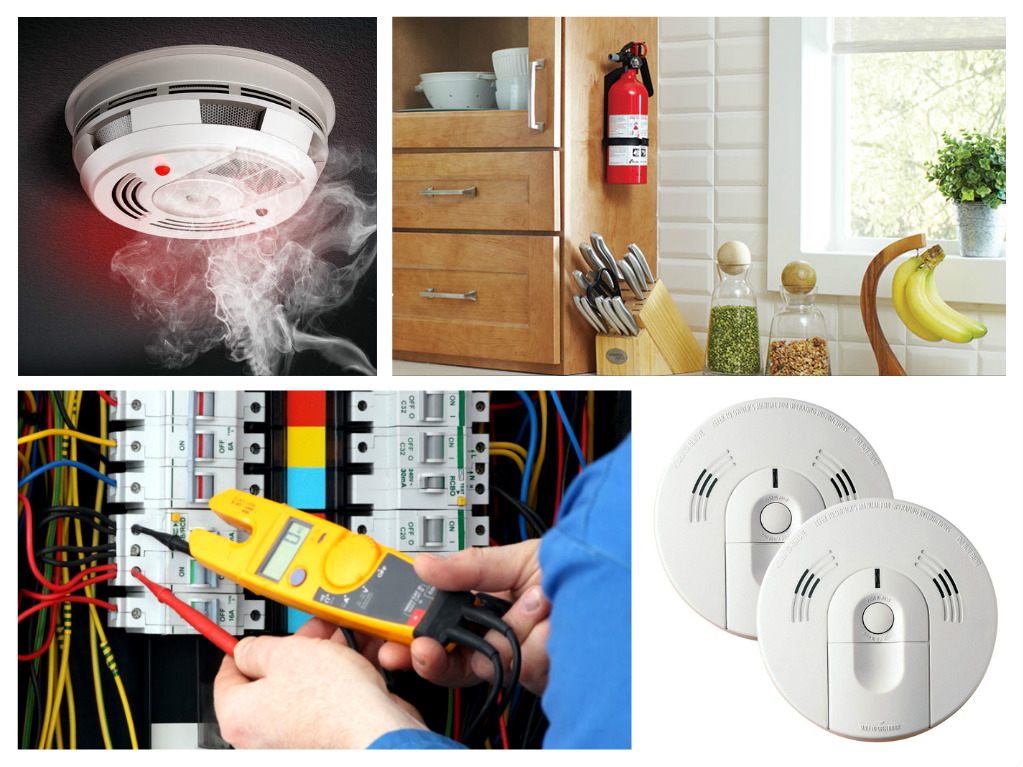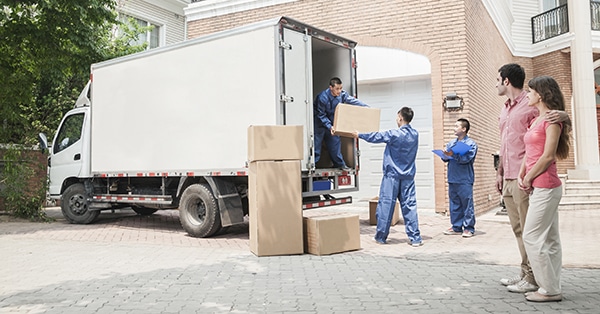Are you thinking about moving to a new home? Or have you already found the ideal home and are getting ready to close? No matter where you are in the moving process, whether you’re just starting to research neighborhoods or finalizing your mortgage and packing your belongings, there are a few things you can do to make the experience more positive. Use this checklist to help navigate your home search and move, while avoiding surprises and staying organized.
Pre-Move Tips and Checklist
From looking at school districts to setting up utilities, there’s much to consider as you prepare to transition to a new home. This pre-move checklist can assist you on your journey and help you stay on track.
1. Educate Yourself on the Schools
If you have children who will be changing schools, one of the key things you’ll want to do is research the new school or district. Find out about the following:
- The enrollment process
- Required paperwork and medical records
- Bus transportation
- School lunches
- Any special services your child may need
- Before- and after-school activities and sports
- Academic year schedule
- Joining the PTA
Parents who will require day care for their little ones should explore options well in advance of moving. There may be waiting lists and a lengthy enrollment process.
2. Test Systems Around the House
Once you have found the ideal home and your offer has been accepted, you are now under contract. This is the time to get a home inspection — an important part of the home-buying process that identifies any potential safety problems with the home before you buy it.
Your home inspector should test all smoke alarms and carbon monoxide (CO) detectors — and be sure you have enough installed throughout your home. The National Fire Alarm and Signaling Code requires, at a minimum, that smoke alarms be installed inside every sleeping room, outside each sleeping area and on every level of the home.
You’ll also want to have a professional check that your heating, ventilation and air conditioning (HVAC) system works properly. An expert inspection is about more than keeping you comfortable; it’s about safety. Oil and gas furnaces produce carbon monoxide, an odorless, invisible gas that can be life-threatening if it builds up in your home, which can happen if there is a leak. An inspection and tune-up can help pinpoint issues so they can be fixed right away.
3. Do a Walkthrough of Your New Home
Before you close, ensure your new home is in the same condition as when you agreed to purchase it. Walkthroughs are typically conducted by the homebuyer and their real estate agent. As part of the walkthrough, you should:
- Verify the completion of all negotiated repairs
- Make sure the appliances are still there and working properly
- Check that the seller has removed all their belongings from the property
- Assess the condition of the home’s interior and exterior, including the doors, windows and locks
4. Change the Locks in Your New Home
One of the immediate security-related tasks on your pre-move to-do list should be changing the locks. Aside from the previous homeowners, many other people, from the babysitter to the dog walker, could have keys to the house.
5. Schedule a Cleaning Service
Hiring professional cleaners to deep clean your new home can be well worth the money. While you focus on unpacking, the cleaners will scrub, dust, wipe down and vacuum every room, window, baseboard, nook and cranny. They’ll have the necessary equipment and supplies to sanitize and disinfect surfaces so you can be confident that your new home is as clean as possible.
6. Change Your Mailing Address With the Post Office
Once you know your move-in date, file a Change-of-Address with the United States Postal Service. Visit the USPS website to complete the process online and notify the postal service of the date you’d like your mail forwarded to your new address.
If you have auto-deliveries, such as Amazon, meal services, pet food or newspaper subscriptions, remember to cancel or change your address for those as well.
7. Set Up Your Utilities
Avoid spending the first night in your home without electricity or hot water. Contact the utility providers in your new area at least a few weeks before your scheduled move-in date to ensure everything will be up and running on your closing date. Utility installation may require an even longer advance notice.
Utility set-up processes can vary by municipality and homeowners association. Some utilities you’ll want to set up include:
- Electric
- Gas
- Oil
- Phone
- Security system
- Cable
- Internet
- Water
- Trash and recycling
While you’re transferring or setting up utilities to your new home, don’t forget to cancel the utilities in your old one.
8. Set up Any Repairs per Your Inspection
If the inspection report uncovered issues that have not been addressed by the home seller, now is an excellent time to take care of them. It’s much easier to fix problems when the house is mostly empty. Prioritize concerns related to safety and security, such as:
- Structural damage
- Leaking roof or pipes
- Pest infestation
- Drainage issues
- Faulty electrical, cooling or heating systems

While safety and security issues take precedence, cosmetic or other non-essential upgrades can be less stressful and disruptive if completed before moving in. Some projects you may want to do pre-move include:
- Floor refinishing or replacing
- Major renovations
- Painting
- Electrical upgrades
Consider a home equity loan to fund those essential repairs and renovations you may not have budgeted for.
9. Familiarize Yourself With Your New Community
Whether you’re moving across the country or across town, take some time to explore your new community.
- Check out the parks, green spaces and other points of interest
- Visit the library
- Locate the nearest supermarket, pharmacy and gas station
- Find local transportation options, such as the closest train or bus station
10. Meet Your Neighbors
Getting to know your neighbors can help you quickly feel at home in your new place. Here are some ideas for meeting your new neighbors and fostering friendly relationships:
- Smile, wave to them and introduce yourself
- Consider inviting your neighbors to an informal housewarming party
- Ask for recommendations for fitness centers, salons, auto mechanics and restaurants
- Get involved with a community or school event, take a class at the library or join a book club
- If you both have children, suggest a playdate
- Join the neighborhood social networks
- Volunteer or get involved with the homeowners association (HOA)
Moving can mean a fresh start in a new environment. Planning ahead can give you peace of mind as you embark on this exciting but sometimes challenging adventure. Whether you’re a first-time homebuyer or a seasoned homeowner, this checklist can help make the process a positive experience as you begin your next chapter.






